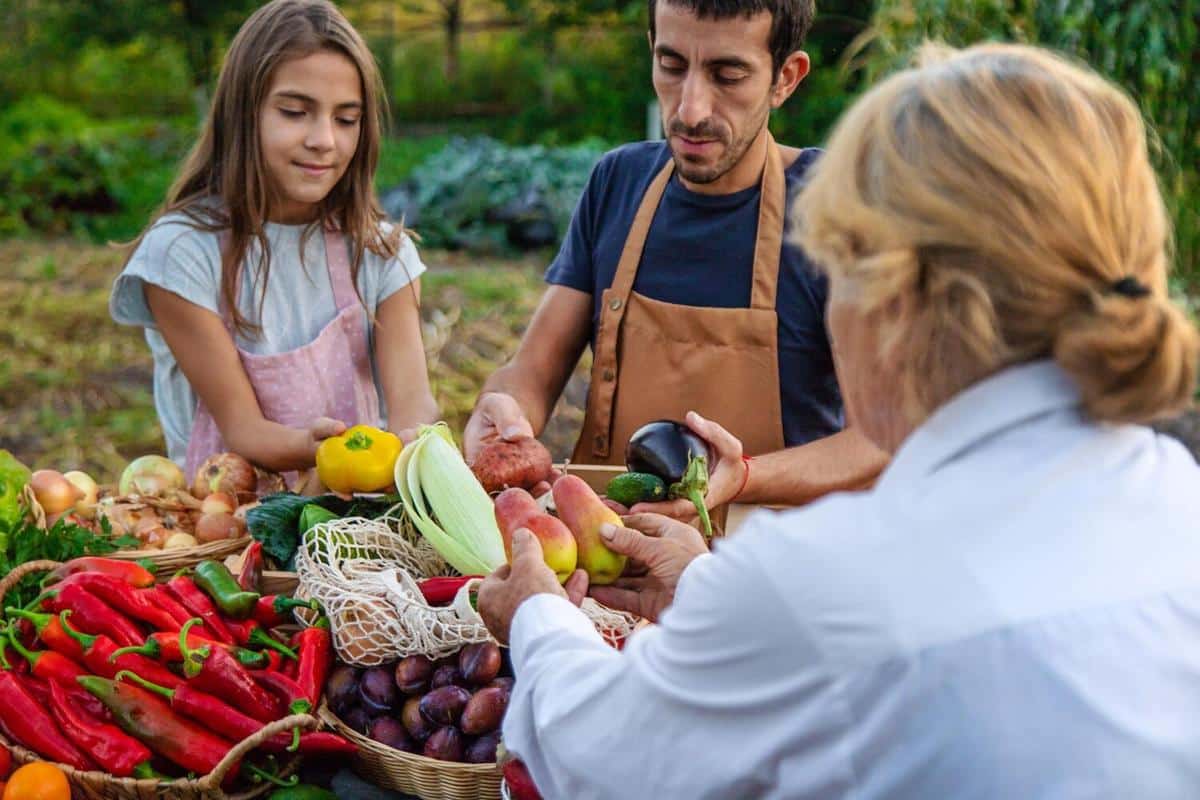
Cooking with Local Ingredients: Embracing Farm-to-Table Dining
Embracing the farm-to-table movement is more than just a trend; it’s a commitment to sustainability, freshness, and supporting local economies. As we navigate the landscape of sustainable cooking, the use of local ingredients stands out as a key player in enhancing both flavor and environmental responsibility.
Understanding Farm-to-Table
Farm-to-table dining emphasizes sourcing ingredients directly from local farms, reducing the carbon footprint and ensuring that food is as fresh as possible. According to the USDA Agricultural Marketing Service, the number of farmers markets in the United States has increased dramatically in recent years, highlighting a growing consumer interest in locally sourced food.
Why Choose Local Ingredients?
- Freshness: Locally sourced ingredients often mean fresher produce, as they haven’t traveled long distances.
- Support Local Economies: Purchasing from local farmers supports regional agriculture and contributes to the local economy.
- Sustainability: By reducing transportation needs, local sourcing helps decrease greenhouse gas emissions.
“By choosing local ingredients, we’re not only supporting our community but also enjoying food at its peak flavor,” says Alice Waters, a well-known advocate for sustainable agriculture.
Expert Insights
Chef Dan Barber, a prominent voice in sustainable cooking, emphasizes the importance of knowing the source of your food. He mentions, “Understanding the story behind the ingredients elevates the cooking experience and connects us to the land.” This connection is crucial in fostering a more sustainable future.
Actionable Tips for Cooking with Local Ingredients
- Visit Farmers Markets: Regularly visiting local farmers markets can provide insights into seasonal produce.
- Build Relationships: Get to know the farmers and producers. They can offer valuable advice on selecting and storing fresh produce.
- Experiment with Seasonal Recipes: Adapt your cooking to the seasons, which ensures you’re using the freshest ingredients.
A Personal Touch
As someone who enjoys experimenting in the kitchen, I’ve found that incorporating local ingredients not only enhances the taste of dishes but also brings a sense of satisfaction in knowing I’m contributing to a sustainable lifestyle. One of my favorite experiences was crafting a summer salad entirely from produce sourced from my local farmers market — each bite bursting with flavor and freshness.
Comparing Local vs. Imported Ingredients
| Aspect | Local Ingredients | Imported Ingredients |
|---|---|---|
| Freshness | Exceptionally fresh | May lose freshness during transport |
| Environmental Impact | Lower carbon footprint | Higher due to transportation |
| Cost | Varies, often competitive | Can be more expensive |
| Support to Local Economy | Directly supports local farmers | Minimal local economic impact |
| Seasonality | Seasonally available | Available year-round |
| Variety | Reflects local biodiversity | Larger variety available |
| Connection to Source | Greater connection | Often disconnected |
| Flavor | Rich, authentic flavor | Varies |
Frequently Asked Questions
Why is farm-to-table important?
Farm-to-table is crucial because it supports sustainable agriculture, reduces carbon footprints, and enhances food freshness and quality.
How can I start cooking with local ingredients?
Begin by visiting local farmers markets, joining a CSA (Community Supported Agriculture), and experimenting with seasonal recipes.
Conclusion
Cooking with local ingredients not only enriches our meals but also supports a more sustainable and connected lifestyle. By choosing to embrace farm-to-table dining, we play a part in fostering healthier communities and a healthier planet. So, next time you plan your meals, consider what local treasures you can incorporate into your kitchen.


